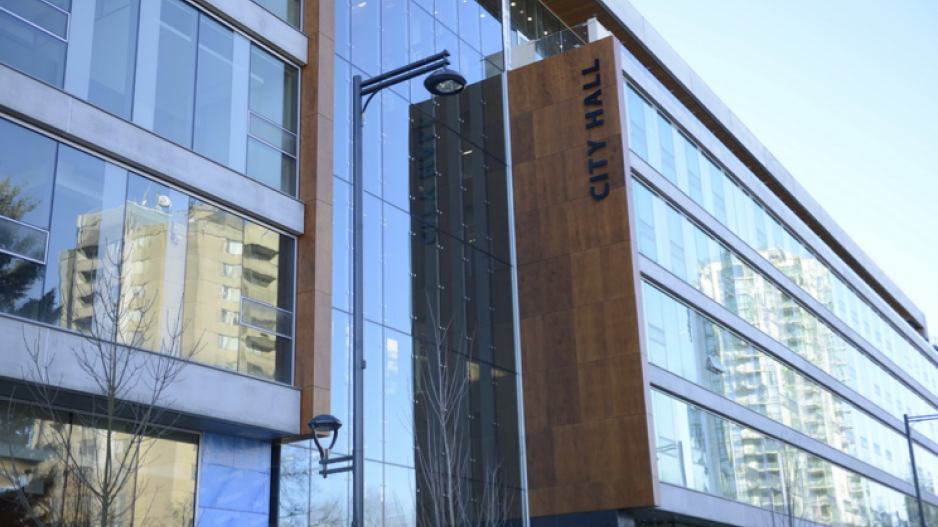Between 1991 and 2011, the population of Surrey increased by 90%, according to a United Way study published September 14.
In 2011, the city had 468,000 residents, comprising 20% of the population of the entire Lower Mainland. Just 20 years earlier, the city had under 250,000 residents.
By comparison, the average growth rate of all cities across Metro Vancouver was 44%.
“Surrey’s population growth appears to be occurring for a few reasons: birth rates that are higher in Surrey than in any of the four comparison municipalities in this report [Burnaby, Richmond, Vancouver and Metro Vancouver as a whole]; mortality rates that are slightly lower than in the rest of British Columbia and high immigration rates, where immigrants make up 40.5% of Surrey’s population with almost 36% having arrived in the last ten years,” the United Way said in the report.
The birth rate in Surrey is 13.5 births per 1,000 people. Across the province, the rate is 9.9 births per 1,000 people. In all, one out of every 10 births in B.C. takes place in Surrey.
The city also had the highest proportion of multi-family households in Metro Vancouver.
In the 2014/15 school year, more than half of all students in the city spoke a language that was not English. The most common languages, besides English, were Punjabi, Mandarin, Tagalog and Hindi.
The survey also found that between 2010 and 2014, 929 government-assisted refugees settled in Surrey, comprising 27% of the total number of government-assisted refugees across the province.
The neighbourhood with the highest population growth was Cloverdale. Between 2001 and 2011 alone, the number of residents in this area increased 87.3%.
Although the median family income in Surrey, using 2010 data, was 2% lower than that in Metro Vancouver as a whole ($78,283 versus $80,006), the percentage of families with children under 18 that live in poverty is lower than that in the region (18.7% compared with 19.5%).
The United Way compiled this data using information from the 2011 Census, bc211, the City of Surrey Planning Department and Civic Info B.C.




